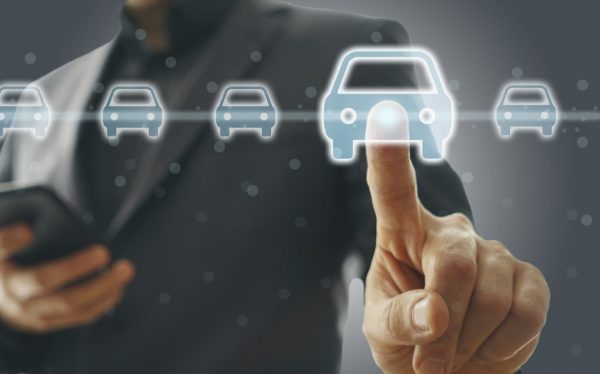What is the REAL Role of Digital Retailing?
During the pandemic, automotive digital retailing became a must-have on dealer websites. From tools that allow for a customer to save vehicles to ones that allow for the complete car-buying transaction to happen online, it was poised to be the next gen solution for car buying consumers not just for tier 3 dealers, but caught the eye of OEM programs as well. While certain digital retailing programs might become OEM mandated in the near future, the focus on self-guided retail isn’t simply a way to bow to manufacturer demands but a potentially transformative tool that can play and important role at the OEM, group, and individual store level, but maybe not in the way you think.
Digital retailing enables buyers to purchase a vehicle any way they want, including completely online. As former Roadster CMO, Michelle Denogean, said:
“[Dealers] are starting to realize that the real power of digital retailing is its ability to expedite the showroom process.”
Digital retailing got its big boost in response to the COVID-19 pandemic when dealerships in many markets were ordered closed. The only way to do business was through these types of online tools. Observers often opine that “very few customers complete the process online….” and then suggest that this means that customers still prefer the in-person traditional process. The truth is somewhere in between.
The real role of dealership digitization is that it enables a more efficient and transparent showroom and selling process. More efficient because the customer can do some of the work, choosing the options that suit them at the pace they choose. More transparent because a dealer who is willing to enable online shopping has to publish prices, rates and terms disarming the traditional anxiety in the process from lack of information. One of the hidden benefits of enabling digital retail was that dealers had to decide on their programs, policies, rates, prices and terms so they could be published. While much of this existed, it was often inside the heads of Sales Managers, Team Leaders and F&I Managers. These improvements have led to higher short-term profits while enabling long-term retention. Digital retail is much more than an online lead form or a new channel, it is an organizing principle for the modern dealership.
As Denogean pointed out:
“Digital retailing is omnichannel, and omnichannel is more efficient. This hyper-focus on efficiency enables dealers to reduce costs.”
The gold is in combining digital retailing with an omnichannel customer engagement strategy can lead to even better results and reduced costs. Using Artificial Intelligence informed by consumer behavior helps drive the delivery of personalized content, which further engages the customer with the product and service options that resonate most with them.
If you haven’t already, consider implementing immediately:
Full Transparency
Give shoppers an opportunity to better view vehicles online, review different options and even make online purchases. Make sure what they do online exactly matches what they see in store.
Marketing automation
If ever there was a time to automate communications and be alerted when a consumer might be in-market for purchase or service, now is that time. A successful marketing automation platform tracks consumer behavior, connects to a variety of data sources like your CRM and DMS, leverages that data to drive insights, and engages consumers wherever they are in their lifecycle.
Proactive digital engagement
Most important is to ensure your consumers are consistently engaged with and to gently remind them wherever possible that you are available to help however they choose to buy, shop or service.
Digital retailing is not a gimmick, not something to be wary of if mandated by OEMs, and not merely a biproduct of the pandemic. Even without the changes of the past few years, the need for digital retailing would still have arrived, just maybe a little slower. Dealerships’ roots are in the relationships they create at their stores, with prospects on the showroom floor, and with customers in their service bays. To retain existing customers and conquest new ones, today’s dealers must reframe their thinking around digital retailing principles and their by-products– now and in the future.
Learn more about how automotive digital retailing plus lifecycle marketing can lead to a 76% increase in influenced sales for first time car buyers here.

